The Association of Art Museum Curators has just announced their annual awards for excellence, the only prizes given to curators by their peers. The awards are spread around, and some seem to be a tad politically correct, but worthy winners all — well, most. See what you think:
OUTSTANDING CATALOGUE BASED ON A PERMANENT COLLECTION –
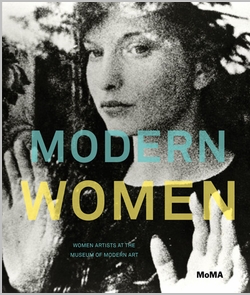 First Place:
First Place:
Modern Women: Women Artists at the Museum of Modern Art, New York: The Museum of Modern Art, 2010.
Runner-up:
Wisdom Embodied: Chinese Buddhist and Daoist Sculpture in The Metropolitan Museum of Art, New York: The Metropolitan Museum of Art, 2010.
Honorable Mention:
Jewelry by Artists: In the Studio, 1940-2000, Boston: Museum of Fine Arts, Boston, 2010.
OUTSTANDING EXHIBITION CATALOGUE –
First Place:
The Original Copy: Photography of Sculpture, 1839 to Today, New York: The Museum of Modern Art, 2010.
Honorable Mention:
Matisse: Radical Invention, 1913-1917, Chicago: The Art Institute of Chicago, 2010.
OUTSTANDING ARTICLE, ESSAY or EXTENDED CATALOGUE ENTRY –
First Place:
A Favourite among the Demireps: Thomas Gainsborough and the Modern Woman in Thomas Gainsborough and the Modern Woman, Cincinnati: Cincinnati Art Museum, 2010. The essay is by Benedict Leca.
Honorable Mention:
Ties That Bind: Hiram Powers’s Greek Slave and Nineteenth-Century Marriage, American Art 24 (Spring, 2010) 41-65.
OUTSTANDING MONOGRAPHIC OR RETROSPECTIVE EXHIBITION –
Matisse: Radical Invention, 1913-1917, Curated by Stephanie D. Alessandro, The Art Institute of Chicago, and John Elderfield. Co-organized by the Art Institute of Chicago and The Museum of Modern Art.
OUTSTANDING THEMATIC EXHIBITION –
Hide/Seek: Difference and Desire in American Portraiture, Curated by David C. Ward and Jonathon Katz. Organized by The National Portrait Gallery
OUTSTANDING EXHIBITION IN A UNIVERSITY MUSEUM –
For All the World to See: Visual Culture and the Struggle for Civil Rights, Curated by Maurice Berger. Organized by the Center for Art, Design and Visual Culture, University of Maryland, Baltimore County in partnership with the Smithsonian National Museum of African American History and Culture.
 Honorable Mention:
Honorable Mention:
Lynda Benglis, Curated by Diana Franssen, Franck Gautherot, Caroline Hancock, Laura Hoptman, Seungduk Kim, and Judith Tannenbaum. Organized by the Museum of Art Rhode Island School of Design, Providence, in collaboration with the Irish Museum of Modern Art, Dublin; Van Abbemuseum, Eindhoven; Le Consortium, Dijon; and New Museum, New York.
OUTSTANDING PERMANENT COLLECTION NEW INSTALLATION (OR RE-INSTALLATION) –
The Art of the Americas Wing, Curated by Elliot Bostwick Davis; Erica E. Hirshler; Gerald W. R. Ward; Karen Quinn; Nonie Gadsden; Kelly H. L Ecuyer; Dorie Reents-Budet; Cody Hartley; Dennis Carr; Heather Hole, Art of the Americas department, in collaboration with: Darcy Kuronen, Musical Instruments; Pamela Parmal, Textiles and Fashion Arts; Karen Haas and Elizabeth Mitchell, Prints, Drawings, and Photographs. Organized by The Museum of Fine Arts, Boston
OUTSTANDING SMALL EXHIBITION (no more than 2,000 square feet) –
The Mourners: Medieval Tomb Sculptures from the Court of Burgundy, Curated by Heather MacDonald and Sophie Jugie. Organized by the Dallas Museum of Art and the Musée des Beaux-Arts de Dijon, in association with FRAME (French Regional American Museum Exchange)

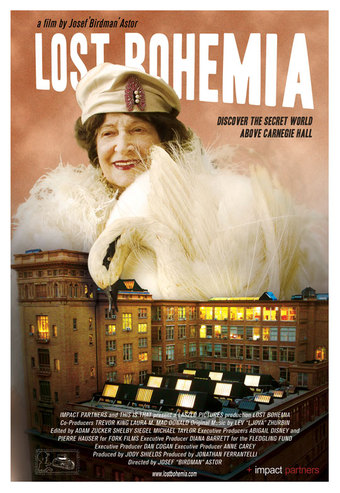
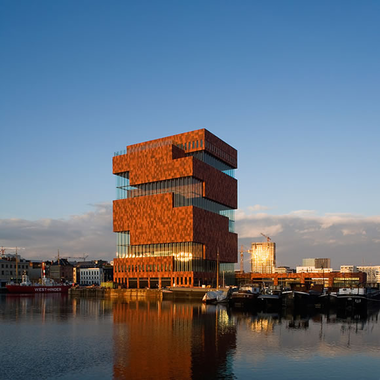
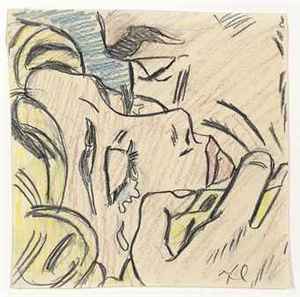
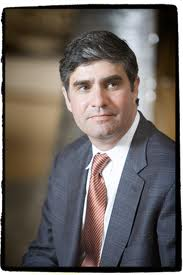 Here’s
Here’s